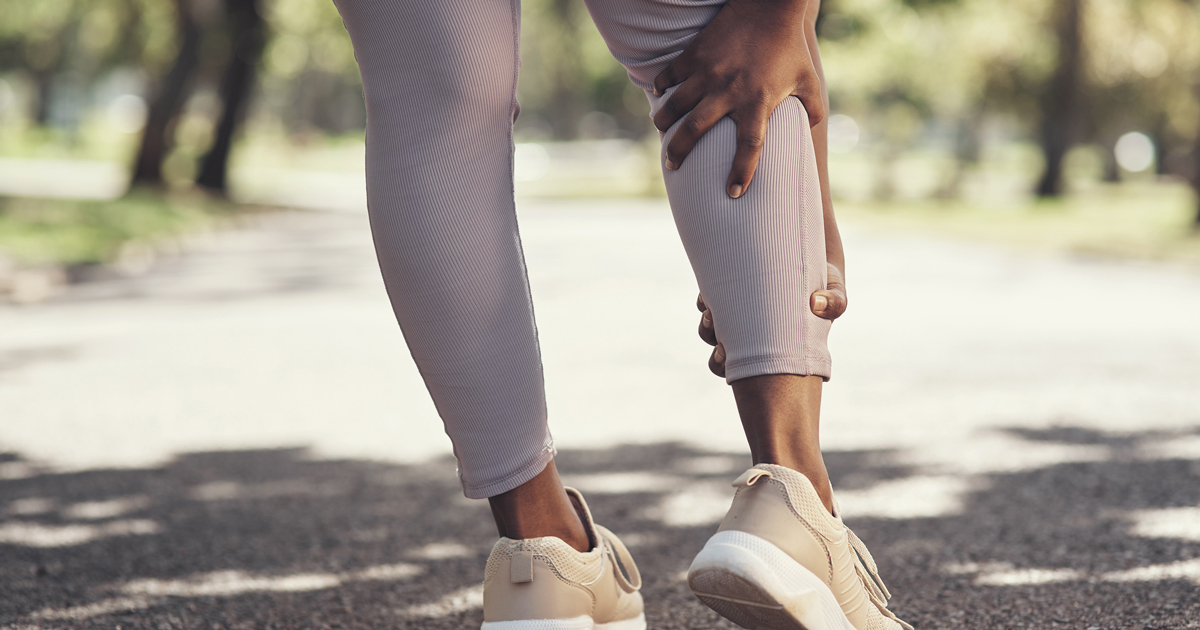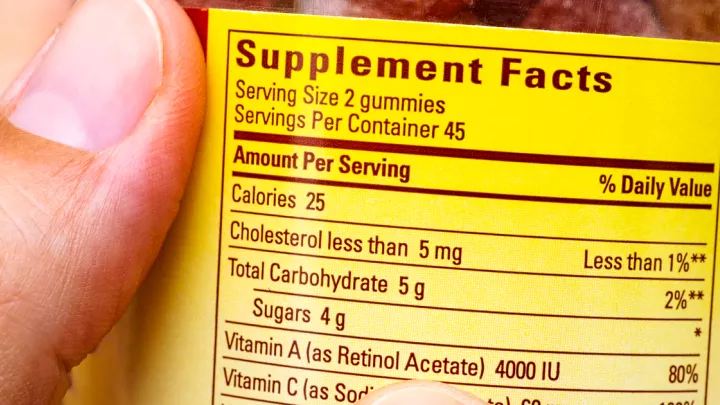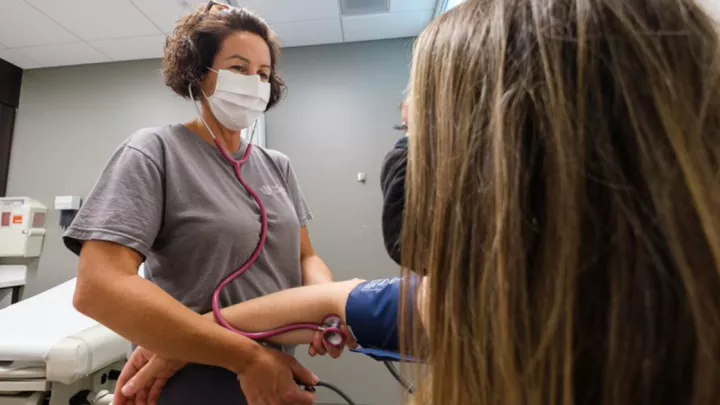How to stop (and prevent) leg cramps

We've all experienced it – a sudden seizing up in your leg that you can't ignore. Leg cramps, also called charley horses, affect some more than others. Luckily, there are ways to stop and prevent them.
Leg cramps are a contraction of your muscles. This can happen for many reasons, like electrolyte imbalance, dehydration, medication side effects, inactivity, neurological conditions or blood vessel problems. Find out how to relieve a stubborn leg cramp, as well as how to prevent them from happening in the first place.
How to relieve leg cramps
• Stretch the affected muscle or group of muscles
• Massage the affected area
• Get up and move around
• Take a warm bath
How to prevent leg cramps
• Stay well hydrated
• Wear more supportive footwear
• Stretch your legs daily, holding each position for 10 to 20 seconds
• Ride a stationary bike before going to bed
• Untuck your bedsheet at night
• Take vitamins and mineral supplements, such as vitamin B complex and vitamin E
Can leg cramps signal something serious?
Leg cramps can be very concerning, especially if the patient is mistaking the symptoms for something else. I encourage every patient to see their primary care doctor, especially if the pain is persistent, symptoms don't improve with the above recommendations or if you see discoloration or swelling of the affected extremity.
Make a primary care appointment at 800.922.0000.
What's the difference between leg cramps and restless legs syndrome?
Patients with restless leg syndrome (RLS) have an urge to move their legs and may even have involuntary brief movement of the legs. In RLS, the contractions are quick, it happens mostly at night and can be painful. Leg cramps, rather, can last for several minutes and there's no urge to move the legs.







